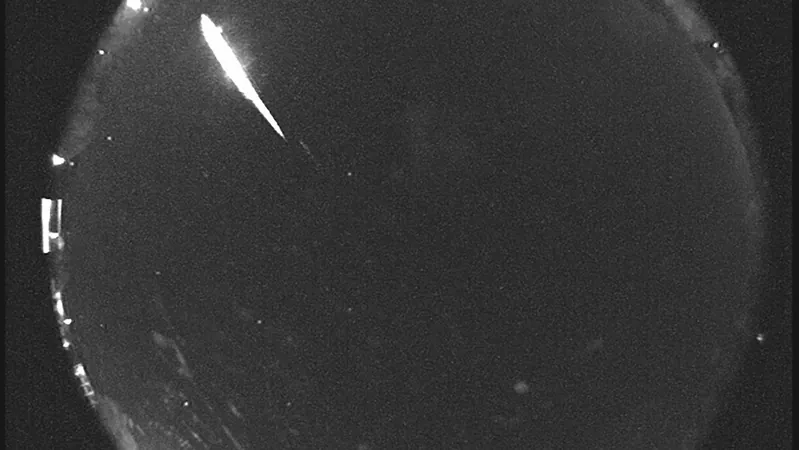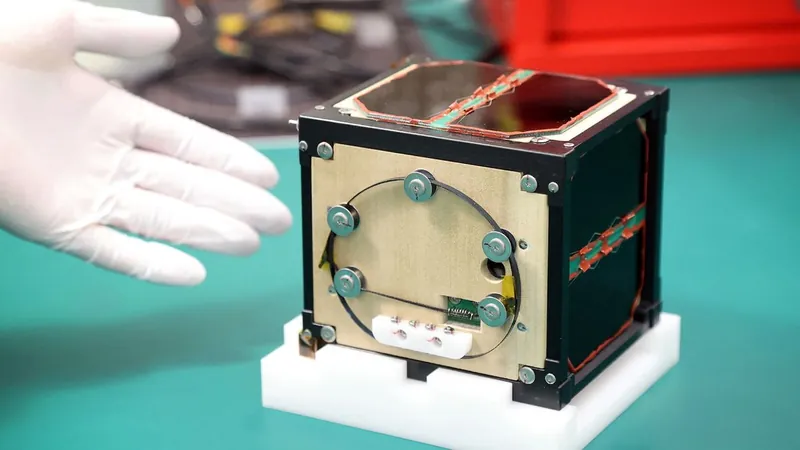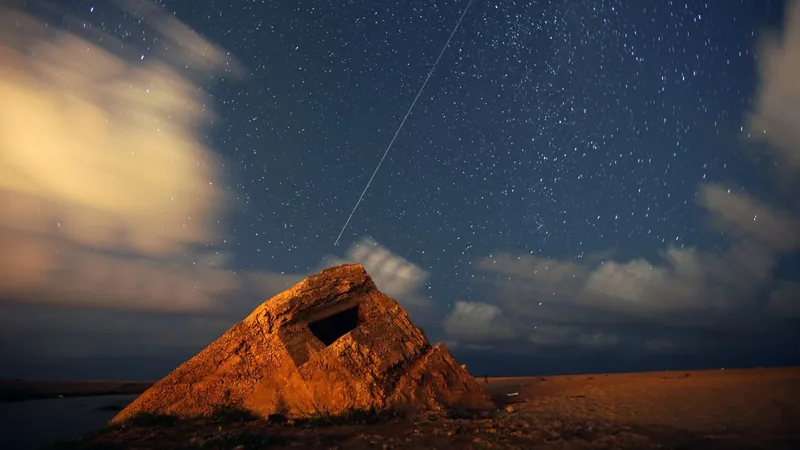
The Taurid Meteor Showers Light Up November Skies: Here’s What You Need to Know!
2024-11-03
Author: Emma
This November, skywatchers are in for a treat as two spectacular sister meteor showers, the Southern and Northern Taurids, will dazzle stargazers a week apart. The Southern Taurids are set to peak in the early hours of Tuesday morning, with the Northern Taurids following suit on November 12.
Though the two meteor showers typically produce about five meteors per hour under the best conditions, don’t be fooled—these fiery gems are known for their brightness and longevity. According to Sally Brummel, planetarium manager at the University of Minnesota’s Bell Museum, “What’s notable is that they’re likely to produce brighter and longer-lasting meteors than some other showers, even if there aren’t as many at a time.”
Mark your calendars: the peak of the Southern Taurids coincides with a slim crescent moon (only 11% full), providing optimal viewing conditions. However, the Northern Taurids will encounter brighter moonlight, with the moon being 79% full, potentially diminishing the visibility of these cosmic wonders.
If you miss out this month, don’t worry! The Taurids can also be spotted into December, giving skywatchers ample opportunities to catch these breathtaking displays of nature.
What is a Meteor Shower, Exactly?
Meteor showers occur annually and are easily observed without special equipment. They are formed from the debris left behind by comets, and particularly, both Taurid showers stem from the same cosmic parent—the comet Encke. When debris from space collides with Earth's atmosphere, the resulting friction generates heat, causing the air around it to glow and create an ephemeral "shooting star" effect.
The dazzling sight of meteors can be attributed to this phenomenon, with fragments varying in size from tiny dust particles to large boulders, lighting up the night sky.
Tips for the Best Viewing Experience
To fully enjoy this celestial spectacle, aim to watch the skies between midnight and the early morning hours. The best viewing experiences occur away from city lights on cloudless nights. Allow your eyes to adjust to the dark—put down that phone, as the light can hinder your ability to spot those shimmering meteors!
What’s Coming Up Next?
After the Taurids, sky enthusiasts won’t have to wait long for another treat. The Leonids meteor shower is gearing up to peak in the early morning hours of November 17, promising yet another chance to witness nature’s stunning light show.
As November progresses, keep your eyes on the skies—adventure and wonder await! Will you be one of the lucky ones to experience the magic of the Taurids this month? Don’t miss it!









 Brasil (PT)
Brasil (PT)
 Canada (EN)
Canada (EN)
 Chile (ES)
Chile (ES)
 España (ES)
España (ES)
 France (FR)
France (FR)
 Hong Kong (EN)
Hong Kong (EN)
 Italia (IT)
Italia (IT)
 日本 (JA)
日本 (JA)
 Magyarország (HU)
Magyarország (HU)
 Norge (NO)
Norge (NO)
 Polska (PL)
Polska (PL)
 Schweiz (DE)
Schweiz (DE)
 Singapore (EN)
Singapore (EN)
 Sverige (SV)
Sverige (SV)
 Suomi (FI)
Suomi (FI)
 Türkiye (TR)
Türkiye (TR)